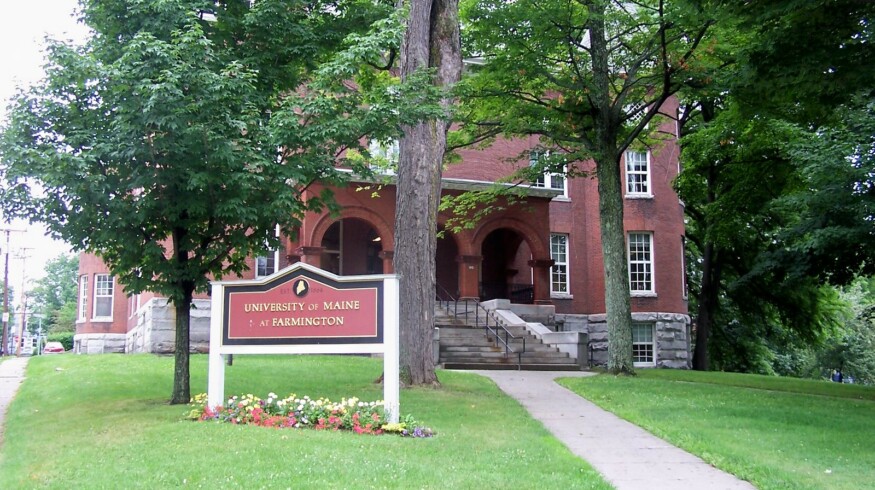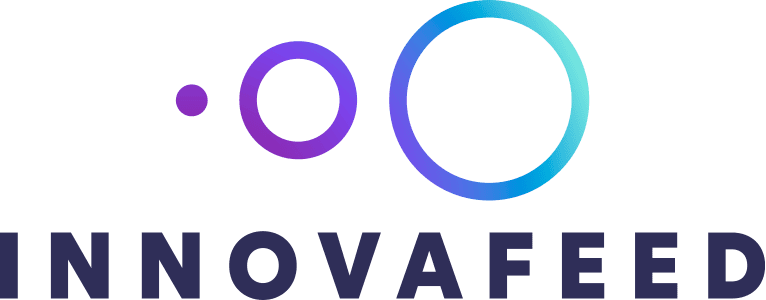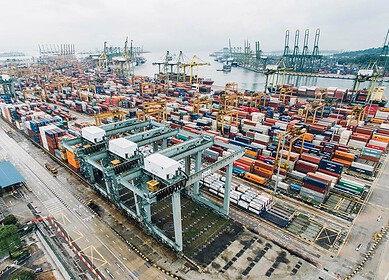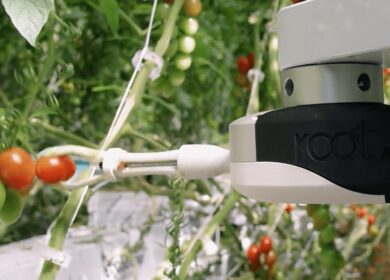University of Maine receives $1.5M to develop a US-based PFAS monitoring system

An initiative led by Torsten Hahmann, an associate professor at the University of Maine, seeks to develop an interactive digital platform, SAWGraph (Safe Agricultural Products and Water Graph), designed to track PFAS (per and poly-fluoroalkyl substances) contamination throughout the U.S. Funded by a $1.5 million grant from the National Science Foundation, the tool aims to consolidate vast amounts of data to help regulators and the public identify contamination hotspots and potential testing sites.
PFAS, often termed “forever chemicals” due to their persistent nature, have been widely used in numerous products, from waterproof apparel to nonstick cookware, since the 1950s. These chemicals, linked to several health concerns, including cancer and kidney issues, are prevalent in various environments, from rivers and rain to human blood and breast milk. Their durability stems from their carbon-fluoride bonds, which degrade very slowly.
The primary objective of SAWGraph is to integrate data from both state and federal levels, tracing back to potential contamination sources. The tool will also highlight the potential ramifications on food and water sources and map the movement of PFAS within ecosystems.
Upon completion, this digital platform will present an online map detailing contamination points, differentiated by color codes indicating where and in what medium (soil, water, farm, food, etc.) PFAS was detected. It will also specify if the location was ever treated with wastewater sludge. Users can filter this information by contamination category and locality. Furthermore, new data will automatically be incorporated as they become available from various agencies.
By collating and displaying multiple datasets simultaneously, SAWGraph aims to provide clarity on complex questions surrounding PFAS, moving beyond presenting sheer numerical data. Users should eventually be able to view data from specific regions, discern which areas have undergone PFAS testing, and identify places with varying contamination levels.
SAWGraph’s development is particularly significant for states like Maine, which has been at the forefront of PFAS legislation. Following multiple farm shutdowns due to PFAS contamination linked to the state’s old sludge spreading program, Maine became the inaugural state to prohibit both sludge recycling and nonessential products containing PFAS. Currently, Maine is reviewing over 1,100 sites where sludge was used as fertilizer. Initial findings indicate high PFAS levels in numerous locations.
The launch of this tool is expected to be a significant step in understanding and tackling the challenges posed by PFAS contamination.
Enjoyed this story?
Every Monday, our subscribers get their hands on a digest of the most trending agriculture news. You can join them too!














Discussion0 comments